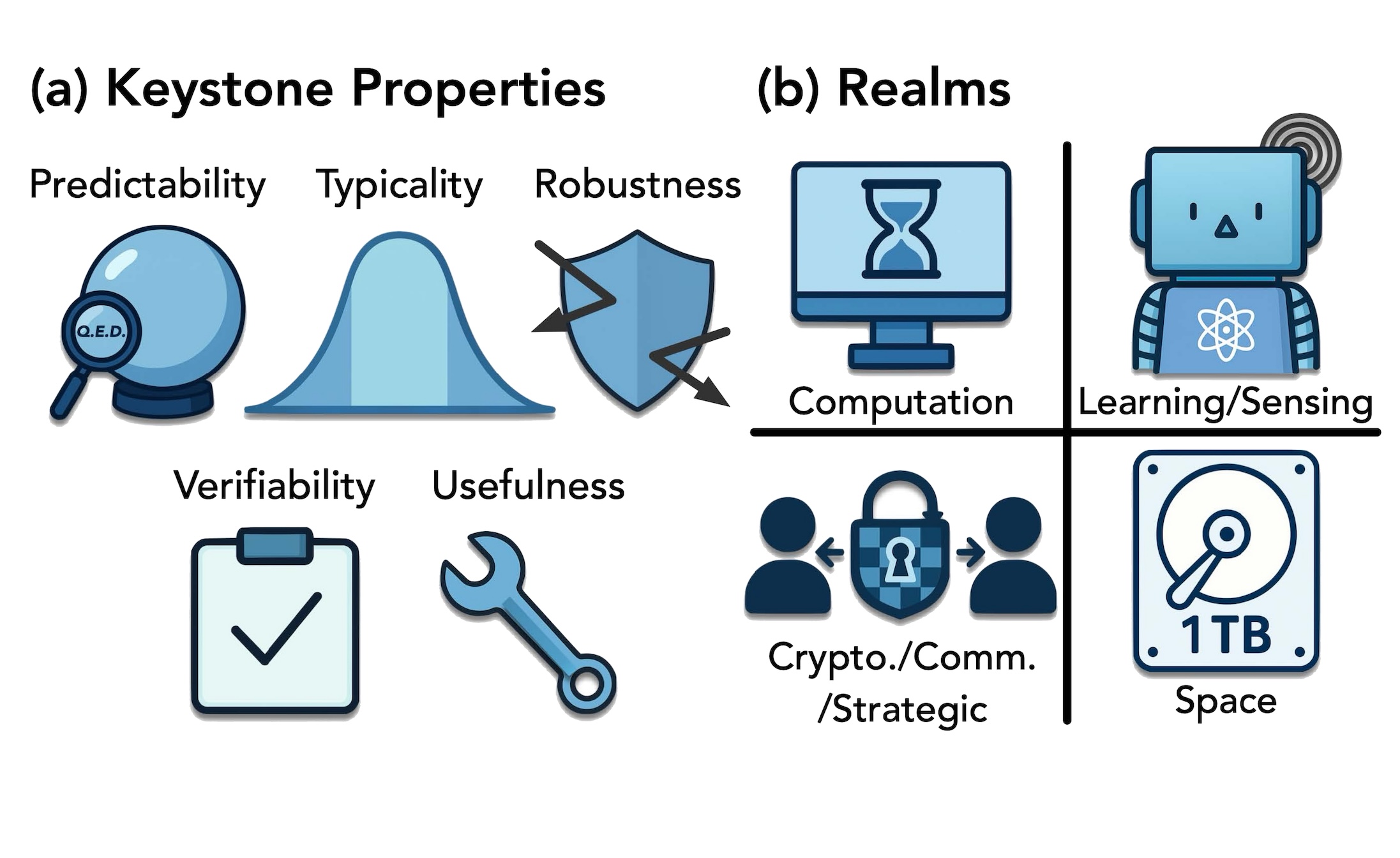Quantum simulation has a broad range of potential real-world applications. Inspired by the words of Richard Feynman, these applications first and foremost tend to revolve around physics and chemistry applications. Some of the most frequently-cited, high-level use cases include:
- Drug discovery, design, and development stemming from a greater understanding of molecular and atomic interactions
- The design and development of novel materials, with purposes to make them more durable, lighter in weight, less expensive, and so forth
- Electronic materials design and development, which is focused specifically on materials for electronic circuits, as well as their components such as transistors, and diodes
- Better batteries, including improving the amount of energy they can store, but also shortening recharging times and making other improvements
- Cleaner fertilization, as well as other efforts to reduce any negative environmental effects caused by materials, as well as the processes that manufacture them
“Nature isn’t classical, dammit,and if you want to make a simulation of nature, you’d better make it quantum mechanical, and by golly it’s a wonderful problem, because it doesn’t look so easy.”
But simulation isn’t limited to physics and chemistry applications. If unrelated problems can be formulated in a compatible way as to how physics and chemistry problems are formulated, they might be solvable using similar approaches. Some examples of these high-level use cases include:
- Optimization problems
- Financial modeling
- Artificial intelligence
- Cybersecurity
One of the reasons to formulate problems in this manner is that the approaches to solve problems in this manner propose exponential speed advantages over the best-known classical approaches. Therefore, as quantum computers become larger and fault-tolerant, it is reasonable to assume that even more problems will be approached in this manner.
What is Quantum Simulation?
Because the field of quantum technologies does not yet have standardized terminology, there are actually three definitions of the term to contend with. The most popular term, which is not the one being referenced here, would best be called “quantum computing simulation” instead. This definition refers to the use of classical computers to precisely calculate what the results should be if quantum algorithms could be executed on fault-tolerant quantum computers. Memory requirements limit the sizes of quantum computers that can be so “simulated,” which is why real quantum computers still need to be constructed. In the meantime, an online quantum simulator by this definition can be found ubiquitously in most quantum computing platforms and frameworks.
It is important to stress the use of the word “precisely” above. Current quantum computers are very noisy, which is to say they are error-prone. Three of the great challenges in engineering fault-tolerant quantum computers are error correction, suppression, and mitigation. Quantum simulators, by this definition, are useful for benchmarking the results of real quantum computers.
The second definition aligns with the use cases presented in the introductory section of this article. These use cases, interestingly, can be executed either on real quantum computers or on quantum computing simulators, as defined in the immediately previous paragraph. This definition refers to the evolution of quantum systems over time, which results in the problem solutions that are being sought after. A quantum simulator of the first definition can be used not only on this class of problems, but also on all classes of problems that might be run on real quantum computers.
The final definition comes from our own “Quantum Simulation” page. A quantum simulator by this definition is a powerful platform for everything from modeling complex physical systems and states of matter to analyzing chemical and pharmaceutical compounds. Using QuEra’s Field-Programmable Qubit Arrays (FPQAs™), problems can be effectively simulated that exceed the capabilities of classical supercomputers.
An article on Phys.org titled “A roadmap for the future of quantum simulation” discusses a paper out of the University of Strathclyde that was published in Nature. The first key takeaway is that quantum simulation is classified as a promising technology. More insightful is the grammar that was used in the article. Specifically, analog quantum simulation is mentioned in the present tense, which is what QuEra’s 256-atom “Aquila” device offers, while digital quantum simulation is mentioned in the future tense. Another insight is that analog quantum simulation began with a qualitative focus, and has already been able to shift to a quantitative focus. At the time this article is being written, Aquila is the largest publicly-available quantum computer in the world. And, finally, this article exudes excitement about future hybrid approaches, leveraging the best properties of both analog and digital approaches, which happens to be the development roadmap adopted by QuEra.
Want to receive these insights every month?
Join our mailing list
Sign up here
The Power of Quantum Parallelism
One of the fundamental differences between classical computers and quantum computers is that classical computers are natively sequential whereas quantum computers are natively parallel. In other words, classical computers take data and process it in relatively-small volumes, albeit at blazing fast speeds. The problem arises when you double the amount of data in question, which, all other factors remaining equal, doubles the processing time to arrive at a solution. In contrast, quantum computers work on the entire problem space simultaneously. Therefore, even though quantum computers operate much more slowly than classical computers, they can become exponentially faster when tackling the hardest-imagined problems.
And parallelism is not an isolated benefit. The details are beyond the scope of this article, but a quantum mechanical principal called entanglement enables the exponential compression of classical data as it is mapped to a quantum computer. Therefore, not only can quantum computers process entire problem spaces at one time, they can do this with massive volumes of information.
An analogy would be that parallelism is akin to a slow CPU that can process an entire problem in one cycle. But the problem has to be loaded into memory first, and some problems are too large to fit into available RAM. Doubling the size of a problem might require doubling the amount of available RAM. Thanks to quantum entanglement, however, the data can be exponentially compressed, and the entire problem can still be processed in one cycle.
Quantum Simulation and Its Real-world Applications
The quantum simulation applications mentioned at the outset of this article align with the second definition of the term. However, the third definition of the term opens up additional real-world applications. In our article titled “Quantum Simulation - Key Challenges and Effective Solutions,” we identify use cases of significant scientific value:
- Quantum many-body dynamics, the study of the behaviors of interacting particles
- Quantum phases of matter, the states of matter at zero temperature
- Topological spin liquids, which exhibit long-range entanglement
Want to know more? A Medium article by Biraj Karki titled “Quantum Simulation: Pioneering the Future of Technology” lists a number of blogs that you might like to follow. And, of course, be sure to follow the latest research using our 256-atom quantum computer.



-compressed.jpg)
